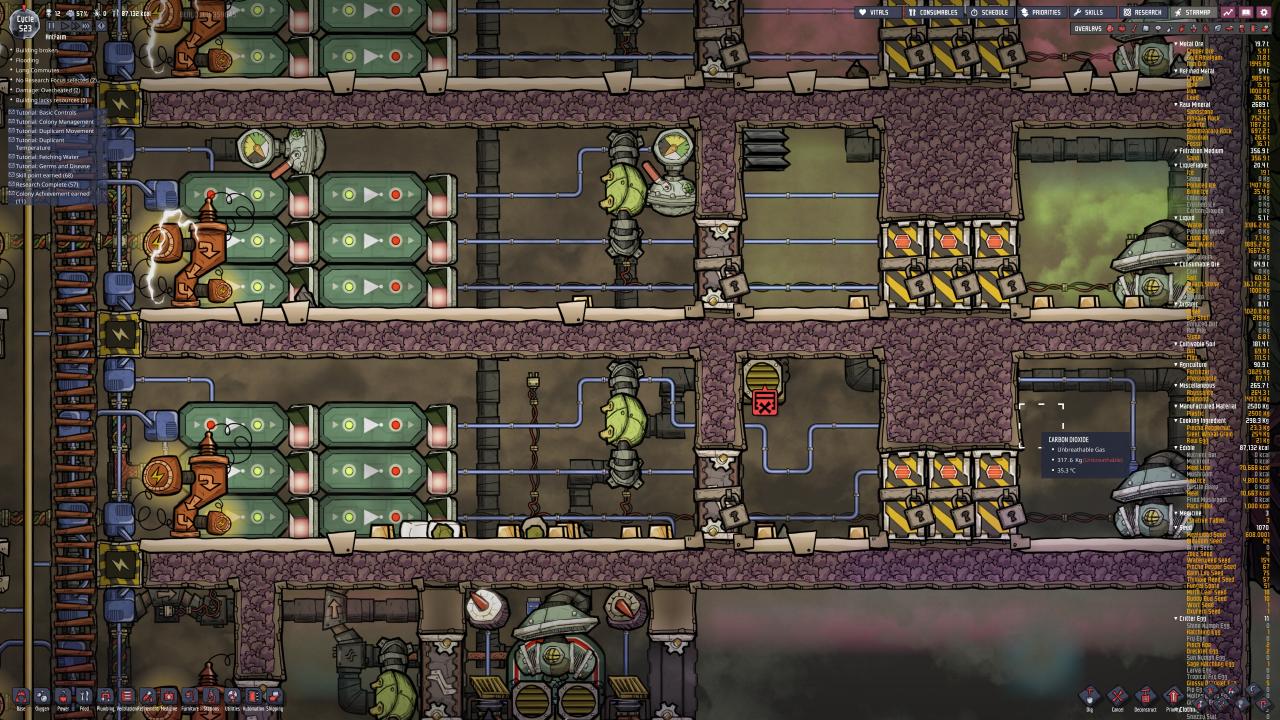
Where t is the thickness of the wall (either 1 or 2), s is the strength of the material (located in the solids.yaml file) making up the wall, and k is the "strength multiplier", found in the table below. Max pressure = (liquid MPT) * (1 + t * s * k),

The maximum pressure a liquid tile can be at before damaging its tank walls can be calculated using the following formula:
#Oxygen not included liquid oxygen manual
Some pressure-immune tiles and buildings are airflow tiles, manual airlocks, mechanized airlocks, bunker doors, and solar panels. In addition, certain tiles are immune to pressure damage under any circumstances. Walls 3 tiles or thicker are immune to pressure damage entirely. The mass at which a tile begins to take pressure damage is dependent upon the liquid's mass per tile(that is, the maximum amount of liquid that can be put in a tile without it overflowing), the tile's strength, the type of tile, and the thickness of the wall.
#Oxygen not included liquid oxygen crack
Liquid tiles which accumulate too much mass (such as from depth stacking) will begin to visually crack before causing pressure damage to the tiles containing them and seep through as droplets until either the tile breaks entirely (losing all materials used to construct it and allowing the liquid to flow out), the pressure is released, or the tile is reinforced with more tiles. Sedimentary Rock Tiles taking pressure damage from over 962kg of petroleum

If such transformation happens inside a Liquid pipe, the pipe will be damaged.Liquids evaporate at 3 degrees above the specified vaporization point, and freeze at 3 degrees below the specified freezing point.Thus it is possible to make Liquid Airlock. Liquids can occupy two vertical tiles and touch the solid tile third above.



 0 kommentar(er)
0 kommentar(er)
